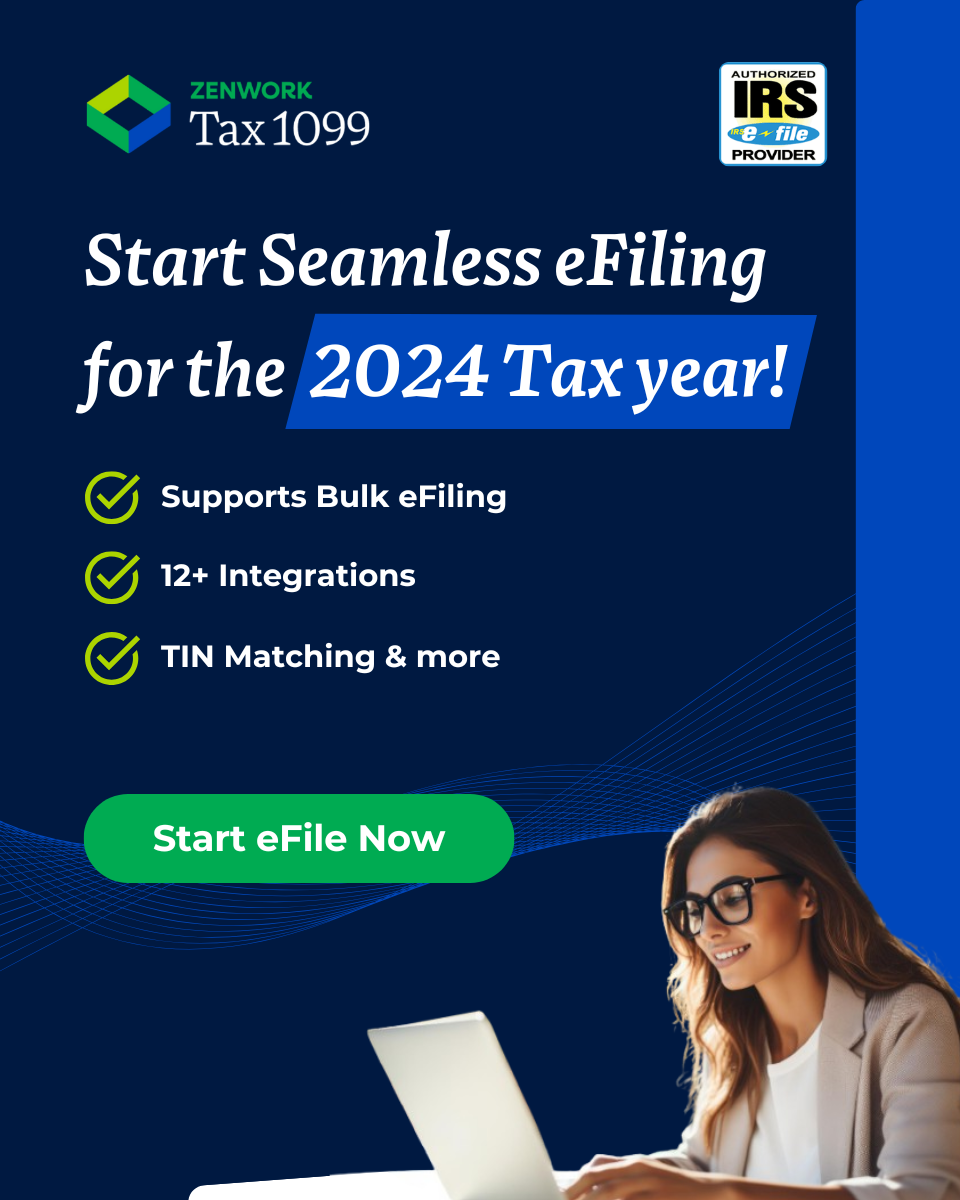Discovering the complexities of tax regulations surrounding NFTs has become crucial for creators, investors, and enthusiasts alike. In this comprehensive guide, we delve into the IRS Notice 2023-27, shedding light on its implications for NFTs as collectibles. Join us as we explore the fascinating intersection of digital assets and taxation, providing insights to help you make informed decisions in the evolving world of NFTs.
On March 21, 2023, the Internal Revenue Service (IRS) made a significant announcement that sent ripples through the rapidly expanding world of nonfungible tokens (NFTs). The release of Notice 2023-27 unveiled new guidelines regarding the tax treatment of NFTs as collectibles.
With these digital assets gaining unprecedented popularity and fetching astronomical prices, understanding the tax implications has become paramount for creators, buyers, and investors alike.
In this blog, we embark on a journey to explore the IRS Notice 2023-27, peeling back the layers to unravel the intricate web of regulations surrounding NFTs and shed light on what it means for the future of this burgeoning industry.
Understanding NFTs and Distributed Ledger Technology
NFTs are unique digital identifiers recorded using distributed ledger technology, such as blockchain. They serve to certify the authenticity and ownership of associated digital files or assets. In this section, we explore the nature of NFTs and the role of distributed ledger technology in establishing their uniqueness and ownership.
NFTs are unique digital identifiers recorded on a blockchain, certifying the authenticity and ownership of a specific digital file or asset. Unlike cryptocurrencies such as Bitcoin or Ethereum, which are fungible and interchangeable, NFTs represent one-of-a-kind items with distinct properties.
Purpose of The Notice
The Department of the Treasury and the Internal Revenue Service (IRS) have announced their intention to issue guidance regarding the treatment of certain Non-Fungible Tokens (NFTs) as collectibles under section 408(m) of the Internal Revenue Code. This notice also addresses the determination process employed by the IRS to classify an NFT as a collectible under section 408(m) until the guidance is issued.
Furthermore, this notice invites comments from the public on the treatment of NFTs as section 408(m) collectibles, including specific questions outlined in section 3. The feedback received will play a crucial role in shaping the forthcoming guidance on the tax treatment of NFTs as collectibles.
Treatment of Section 408(m) Collectible within Certain Retirement Accounts
Section 408(m)(1) states that the acquisition of a collectible by an individual retirement account (IRA) or an individually directed account under a qualified plan is treated as a distribution equal to the cost of the collectible. Section 408(m)(2) defines collectibles as works of art, rugs, antiques, metals, gems, stamps, coins, alcoholic beverages, or any other tangible personal property specified by the Secretary of the Treasury.
However, section 408(m)(3) excludes certain coins and bullion from the definition of collectibles.
Applicability of Section 408(m) Collectible Definition for Taxation Purposes
The classification of an asset as a section 408(m) collectible has implications beyond retirement accounts. For instance, the sale or exchange of a collectible held for more than one year is subject to a maximum 28% capital gains tax rate under section 1(h)(4) and (5) of the Internal Revenue Code. Assets that are not considered collectibles generally face lower maximum long-term capital gains tax rates.
Furthermore, the definition of collectibles under section 408(m) is relevant to other sections of the Code, including those concerning the new markets tax credit, enterprise zone businesses, tax shelter registration, and permissible investments for health savings accounts.
Determinations Pending Guidance and Request for Comments
The Treasury Department and the IRS have plans to issue guidance concerning the treatment of certain Non-Fungible Tokens (NFTs) as collectibles under section 408(m) of the Internal Revenue Code. In the meantime, the IRS will determine whether an NFT qualifies as a section 408(m) collectible through a “look-through analysis.” This analysis examines whether the associated right or asset of the NFT meets the criteria of section 408(m) collectible.
If the associated right or asset of an NFT is classified as a section 408(m) collectible, then the NFT itself is considered a collectible. For example, if the NFT certifies ownership of a gem, which falls under section 408(m)(2)(C), it will be deemed a section 408(m) collectible. Conversely, if the associated right or asset of an NFT is not a section 408(m) collectible, such as a virtual “plot of land” for use or development, the NFT itself will not be considered a collectible.
One aspect that raises questions is whether a digital file can be considered a “work of art” under section 408(m)(2)(A). The Treasury Department and the IRS are currently evaluating the extent to which a digital file may meet the definition of a “work of art” for tax purposes.
To facilitate the development of guidance on NFT taxation, the Treasury Department and the IRS are seeking comments from the public. They are particularly interested in input on various aspects, including alternative definitions of NFTs, concerns or burdens related to the look-through analysis, the treatment of NFTs with multiple associated rights or assets, the potential receipt of additional rights or assets by NFT owners, and additional factors to consider when determining if an NFT qualifies as a section 408(m) collectible.
Furthermore, the Treasury Department and the IRS welcome insights on factors for classifying digital files as “works of art,” determining if an asset qualifies as “tangible personal property” in the context of digital files, addressing associated rights that involve partial ownership of an asset, and any other issues or guidance related to NFTs.
Conclusion
Nonfungible Tokens have revolutionized the world of digital ownership, offering new opportunities for artists, collectors, and investors alike. The IRS’s recognition of NFTs as collectibles under the Internal Revenue Code marks a significant milestone, shaping their treatment and taxation. With ongoing developments and further guidance, the future of NFTs as collectibles promises to be both exciting and transformative.


